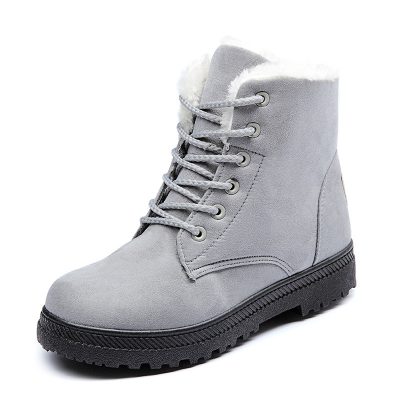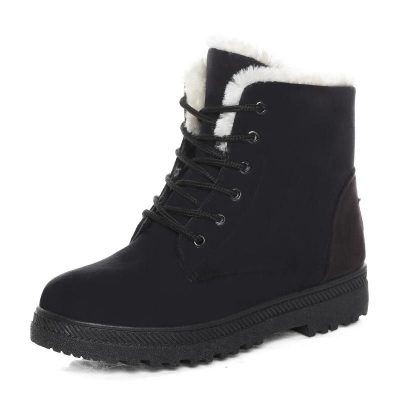At present, the sole materials of anti-static safety shoes on the market include PU, PVC, NR, BR, SBR, etc., and the sole materials used for clean room anti-static shoes include EVA, PU and PVC. Here is a brief introduction to these kinds of work shoe sole materials.
(1) PU midsole: In addition to PHYLON midsole and EVA midsole, PU midsole is also very common. PU is called polyurethane, which is a high-density and durable material based on foam rubber that is often used in the midsole of the back palm. It has a certain shock absorption effect. The big advantage of PU midsole is that it has better elasticity and toughness.
(2) PVC midsole of labor insurance shoes: PVC, or polyvinyl chloride, is a kind of artificial leather, which is an earlier invented substitute for leather fabrics. It is made by calendering and compounding PVC with plasticizer and other additives on the cloth. Polyvinyl chloride has low impact strength, large thermal deformation, and inferior resilience to PU.
(3) Anti-static safety shoe bag midsole: From the outside, the bag midsole consists of two parts: the outsole and the upper, but the structure is still composed of three parts: the outsole, the midsole and the upper. On the inside of the upper.
(4) EVA midsole: Ethylene-vinyl acetate copolymer is abbreviated as EVA. Compared with polyethylene, EVA introduces vinyl acetate monomer in the molecular chain, thereby reducing high crystallinity and improving flexibility and impact resistance. , Filler compatibility and heat sealing performance. EVA midsole refers to the midsole of labor insurance shoes that is formed at one time after EVA is injected into the mold and heated at a high temperature. It is also called a foamed midsole. Traditional EVA is hot-pressed. The EVA injection machine directly injects the EVA particles into the mold of the machine. The mold is opened after the vacuum vulcanization for about 400 seconds. The major feature is high output and one-time molding. The disadvantage is that it is easy to deform, yellowing and shrinking over time.
(5) PHYLON midsole: PHYLON originated in the United States, and the earlier midsoles of safety shoes were called PHYLON. It refers to the midsole of safety shoes which is formed by injecting the material into the mold and then firing it at high temperature twice. Mostly used in sports shoes series. The hardness of PHYLON is controlled by temperature. In the process of firing the PHYLON midsole, the higher the temperature, the greater the density of the burned PHYLON and the harder it will be. The lower the heat, the lighter and softer the PHYLON will naturally burn, so the evaluation of the quality of the midsole of the shoe cannot be measured by the weight or the degree of softness.
(6) Cloth-burning midsole: Cloth-burning midsole is also the midsole of PHYLON safety shoes. It is a shoe-making technology used in pursuit of an overall design feeling. A better example is for shoe midsole and shoe body. With the same fabric, the overall combination of the shoe body and the sole is realized. To achieve this process is to wrap the formed PHYLON midsole with a selected fabric, and fire it in a mold at a high temperature to form it.



















